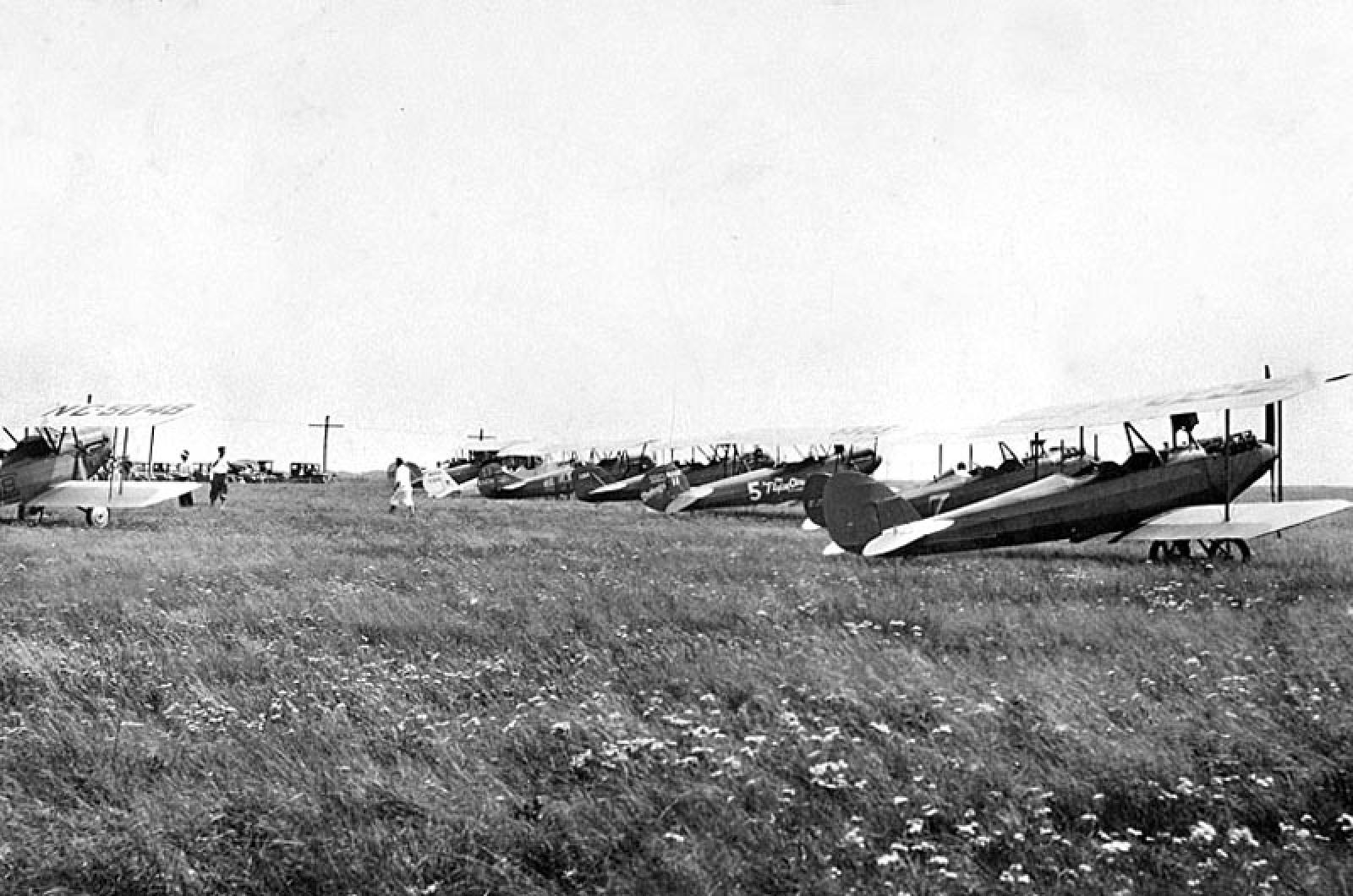From the December 4, 1936 edition of the Vineyard Gazette:
“There used to be a bunch of pilots at Cuttyhunk, another bunch at Lambert’s Cove and still another bunch at West Chop and Vineyard Haven.” That’s the way the old timers usually open up one of the tales of the old time pilots most generally told around the crackling stove in winter. Why they don’t tell such stories in summer is a question, but probably because the summer piloting was not as hazardous as the winter variety, and the majority of the “tough times” described in the stories occurred during the winter months.
One does not have to delve into history more than a couple of generations, or three at the outside, to find a thriving piloting business being operated around the Island shores. The coastwise carriers and many of the ocean-going craft were sailing vessels, and the traffic between this country and the West Indies, and the Canadian provinces, was heavy indeed. Law required the inbound vessels from a foreign port to take a pilot, even as today, and these vessels picked up their men when approaching soundings, or, when they drew near to the first coastal markers that showed.
There were schooners, chiefly two and three-masters, some still carrying the square fore-topsails. There were many brigs, bound up the coast from the West Indies, loaded with molasses, sugar, fruit, and with plenty of preserved tamarinds, bay rum and conch shells, to say nothing of the other varieties of rum, all stowed in the cabin, and awaiting the pilot, to whom such matters were regarded as the accepted perquisites of his station.
There were high-sided barks, nosing in from the open Atlantic, some coming from the English, French and Spanish ports, others from the West Coast and Cape Horn, and there were whalers, their sides showing a decided lack of paint when they were hove down with the wind abeam, and revealing copper sheathing curled and broken and covered with barnacles, but with their topsides brightly painted, masts and spars gleaming with slush, and their brass shining like gold in the sun beneath the creamy-white of their homeward bound suit of sails.
The first known pilot of Vineyard Haven was John Holmes, who may or may not have been responsible for the early name of the village. John Holmes came over on the Mayflower, and was a blacksmith by trade, but after settling in the “down neck” section of Holmes Hole eventually became a pilot. So the craft started and apparently spread no farther than Lambert’s Cove until a new branch was organized at Cuttyhunk. There were a few men who “piloted” in Chilmark, but for some reason it does not appear that their number was numerous or that they were considered in the light of competitors by the down-Island pilots. There was the greatest rivalry between those of West Chop and Lambert’s Cove and both these factions were bitterly arrayed against the pilots of Cuttyhunk.
It was the custom for pilots to race for incoming ships when they knew that they were coming in on the coast and some knowledge very often preceded the actual sighting of the vessel. If she had been reported and her position given, these keen-minded men of the shoal sea could easily make allowance for weather conditions and figure out how long it would be before the ship might be expected. On the other hand, there were several vantage points along the shore where it was customary to station an alert boy on lookout to report the sight of a sail.
The tale is told of two crews who put out in their rowboats which carried a small sail on a mast. It was mid-winter, but the pilots hesitated not as they left West Chop and speeded up the Sound looking for a big foreign bark that was somewhere off Gay Head. A blizzard swept down over the water as they raced, shutting out all sight of land and sea. Guided by the boat compass, one of the boats kept on until the two men could barely keep it afloat in the heavy sea and both were half frozen with the cold and snow. Forced to abandon the quest, they swung their boat toward land and beached her somewhere near Makoniky, from which point they made their way home through the storm, cold and exhausted, and believing that the others were lost. The other boat, however, had located the ship, which was much nearer than had been anticipated.
Such are the tales that the old timers tell around the stove on winter days, tales of brave old times, when men were heroic even in their daily tasks, because they had to be in order to live. That this was true of all men of a century ago and even less is readily recognized, but among that hardy lot who brought fame and fortune to Martha’s Vineyard, the coastal pilots were not the least daring and adventurous. The records of their doings are most fragmentary and the lore of their calling passed from the knowledge of men along with the sailing ships and pilots themselves. Today a bare half dozen recall a few of the tales of older men, and tell them to an appreciative audience on winter days.
Compiled by Hilary Wall




Comments (1)
Comments
Comment policy »